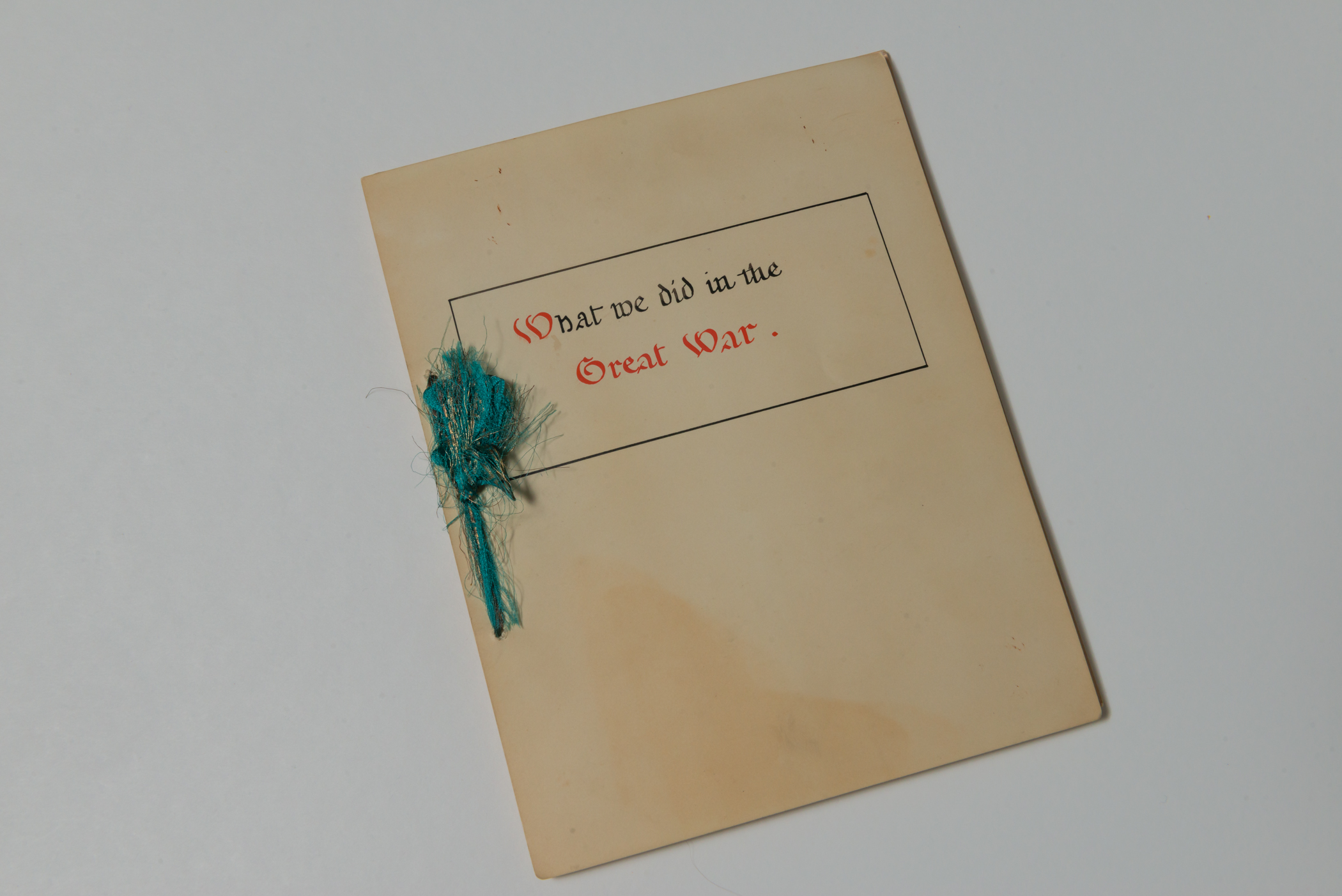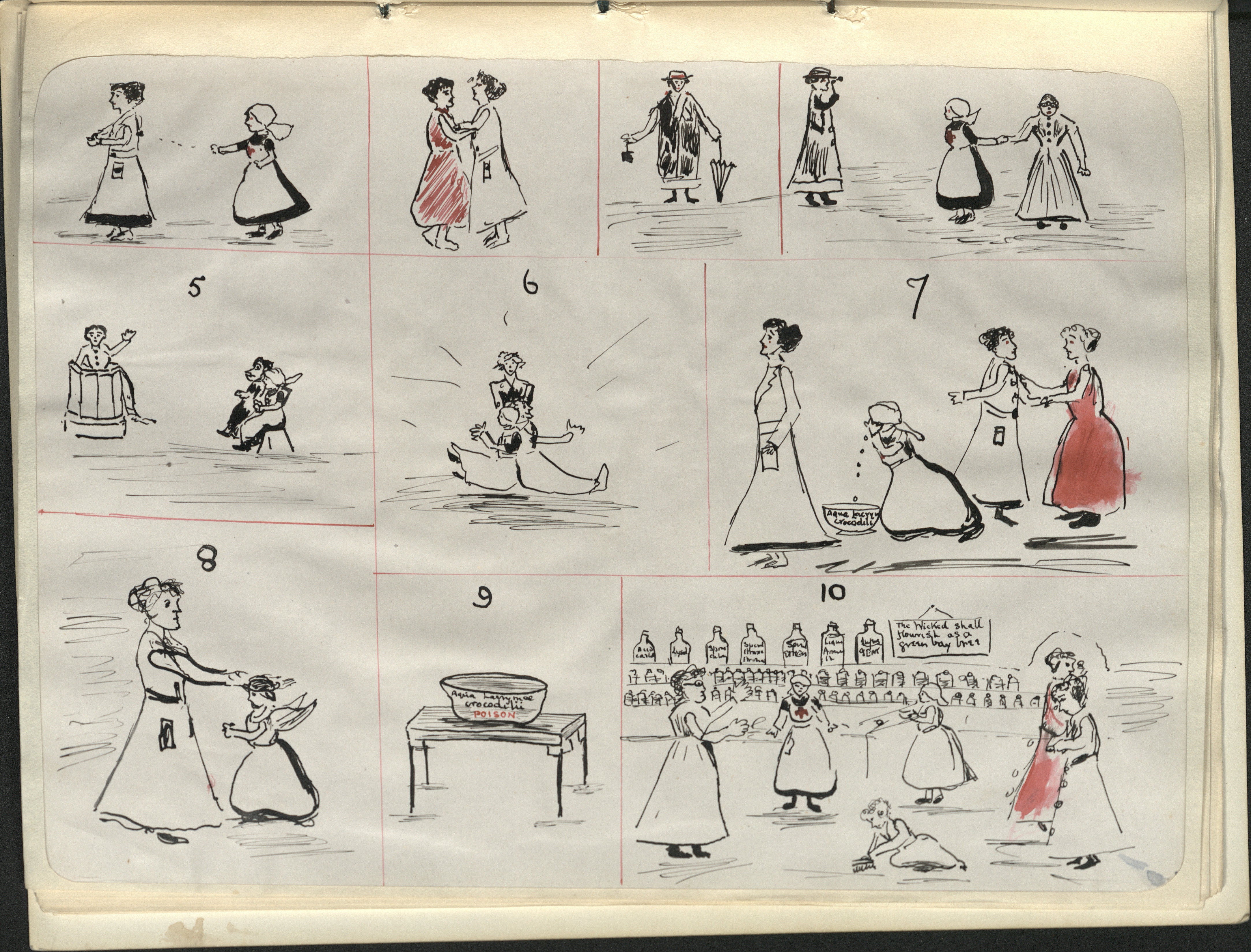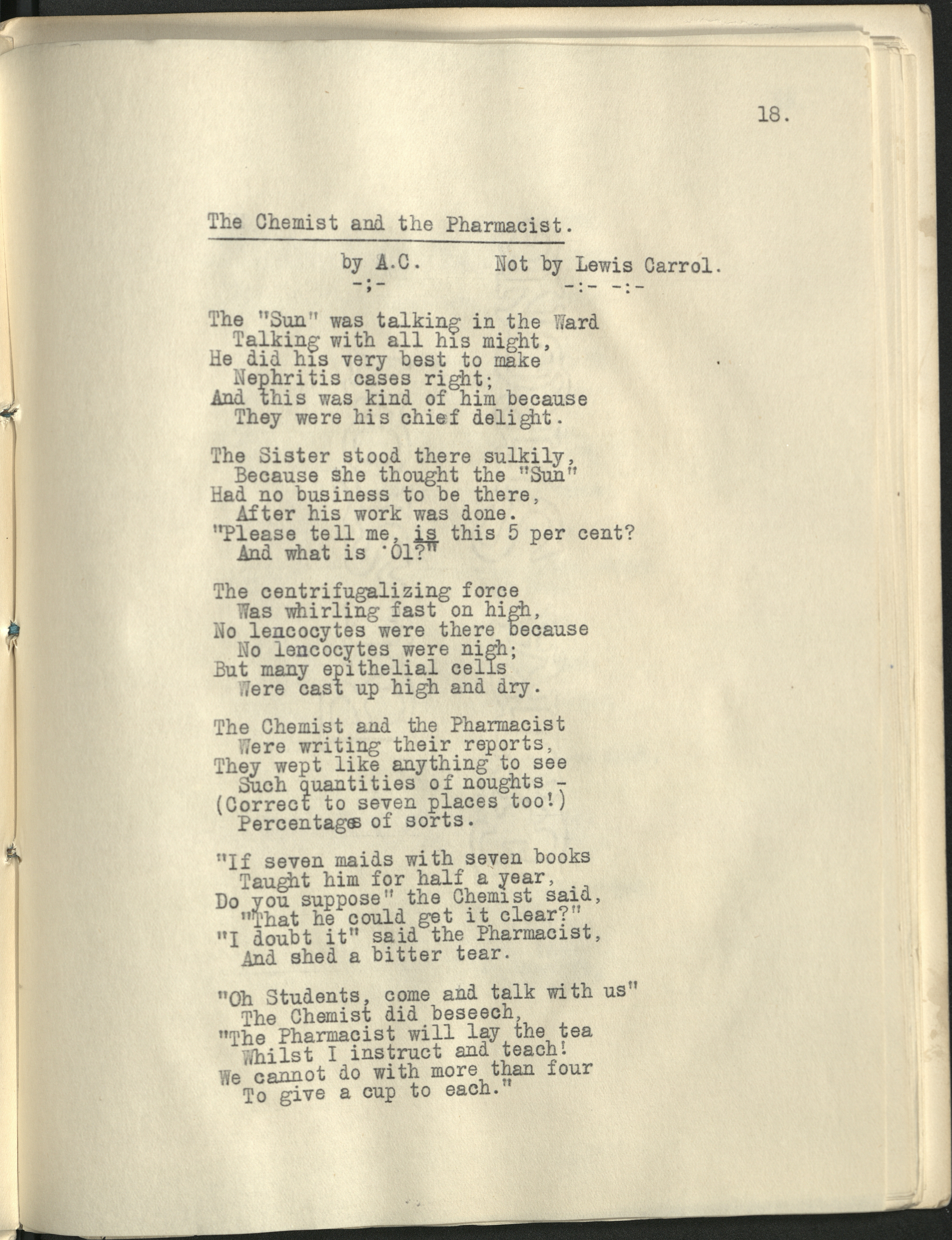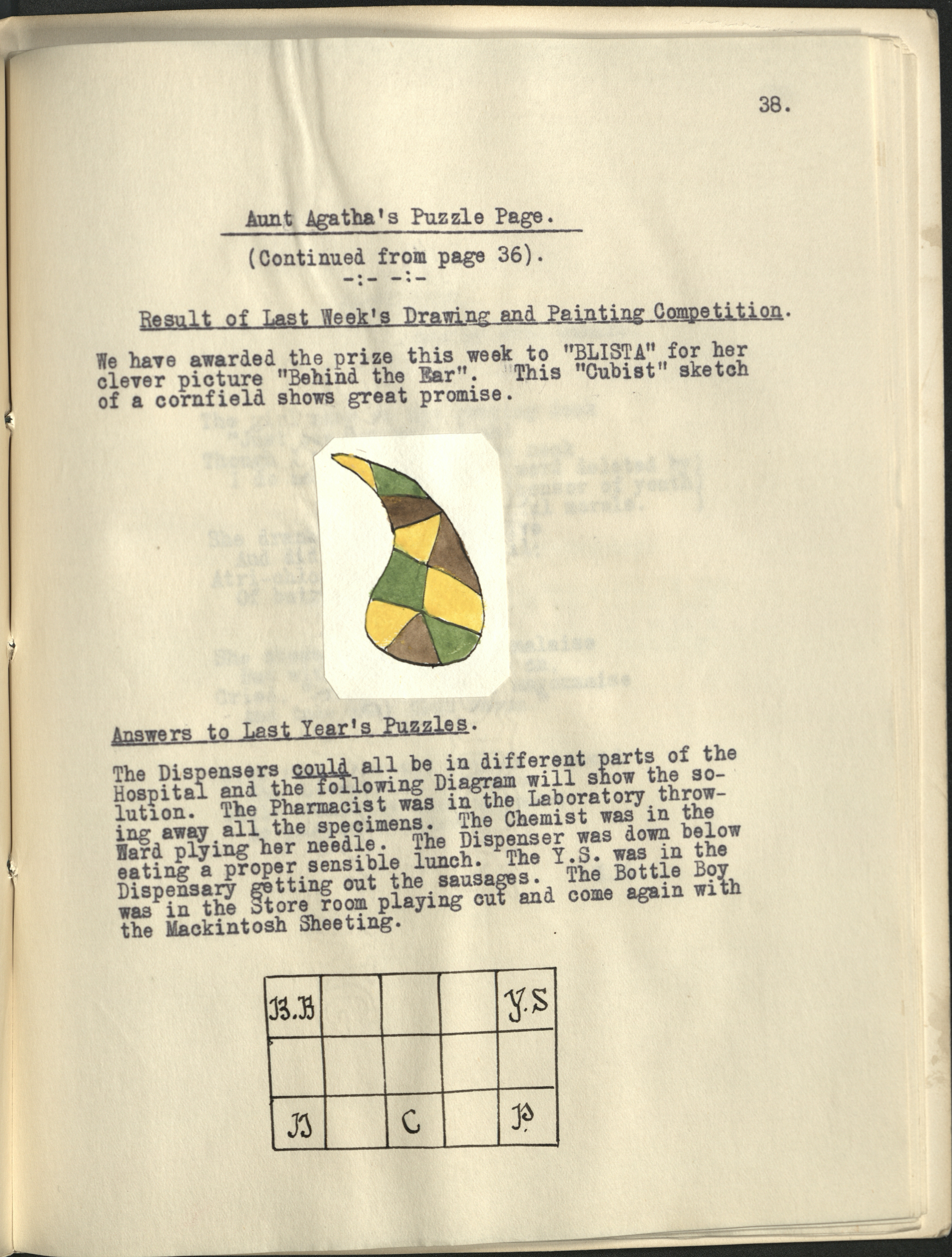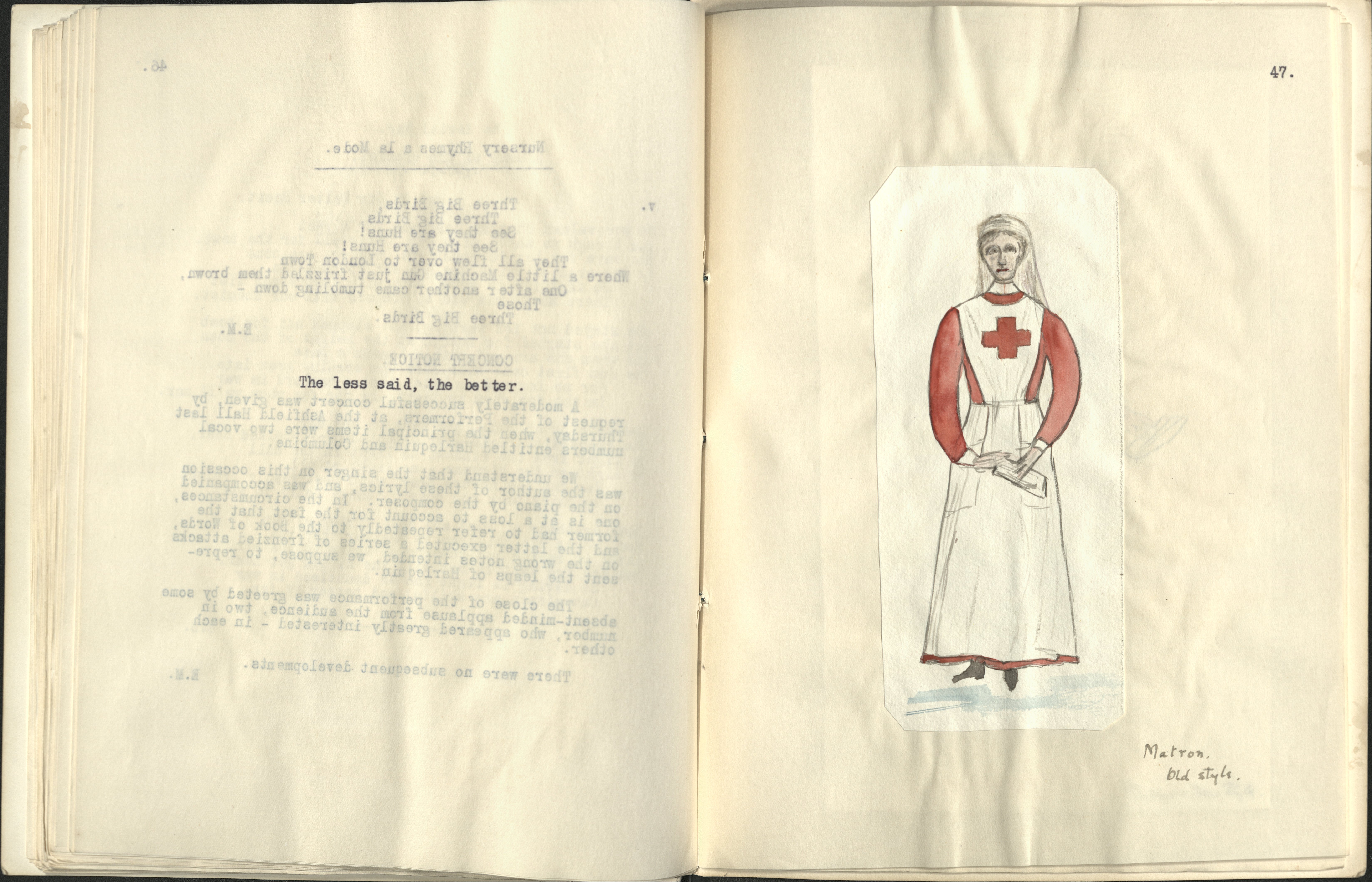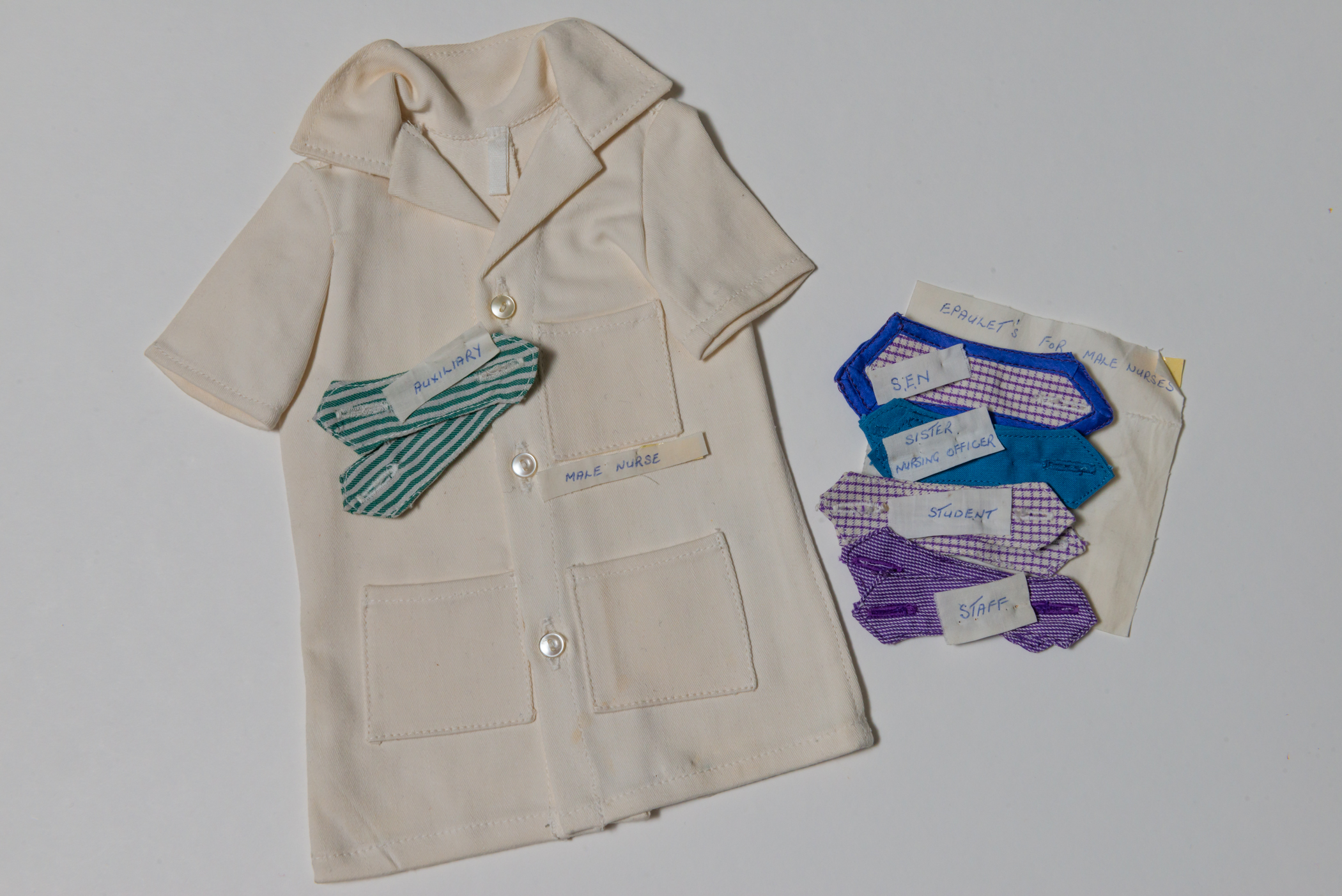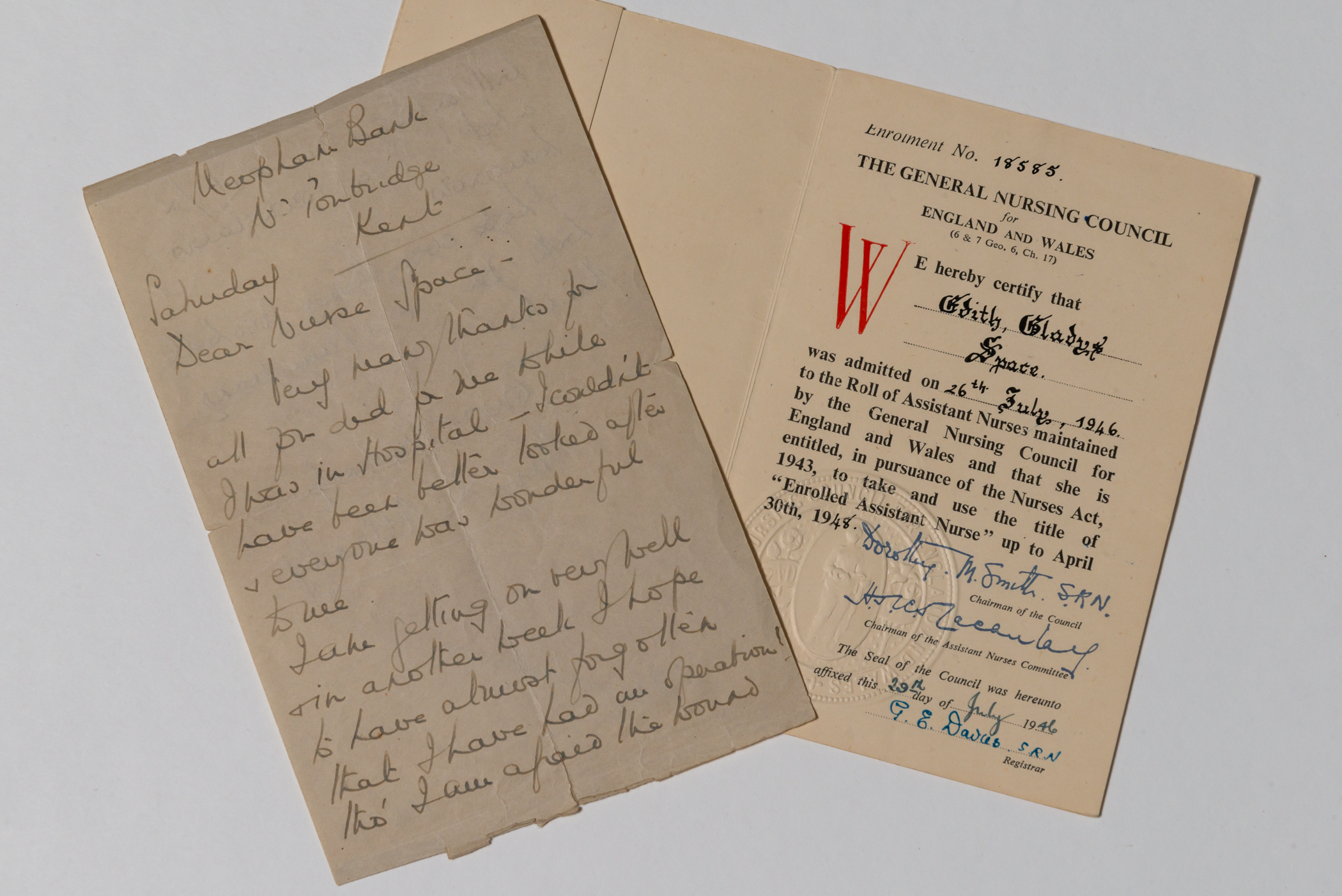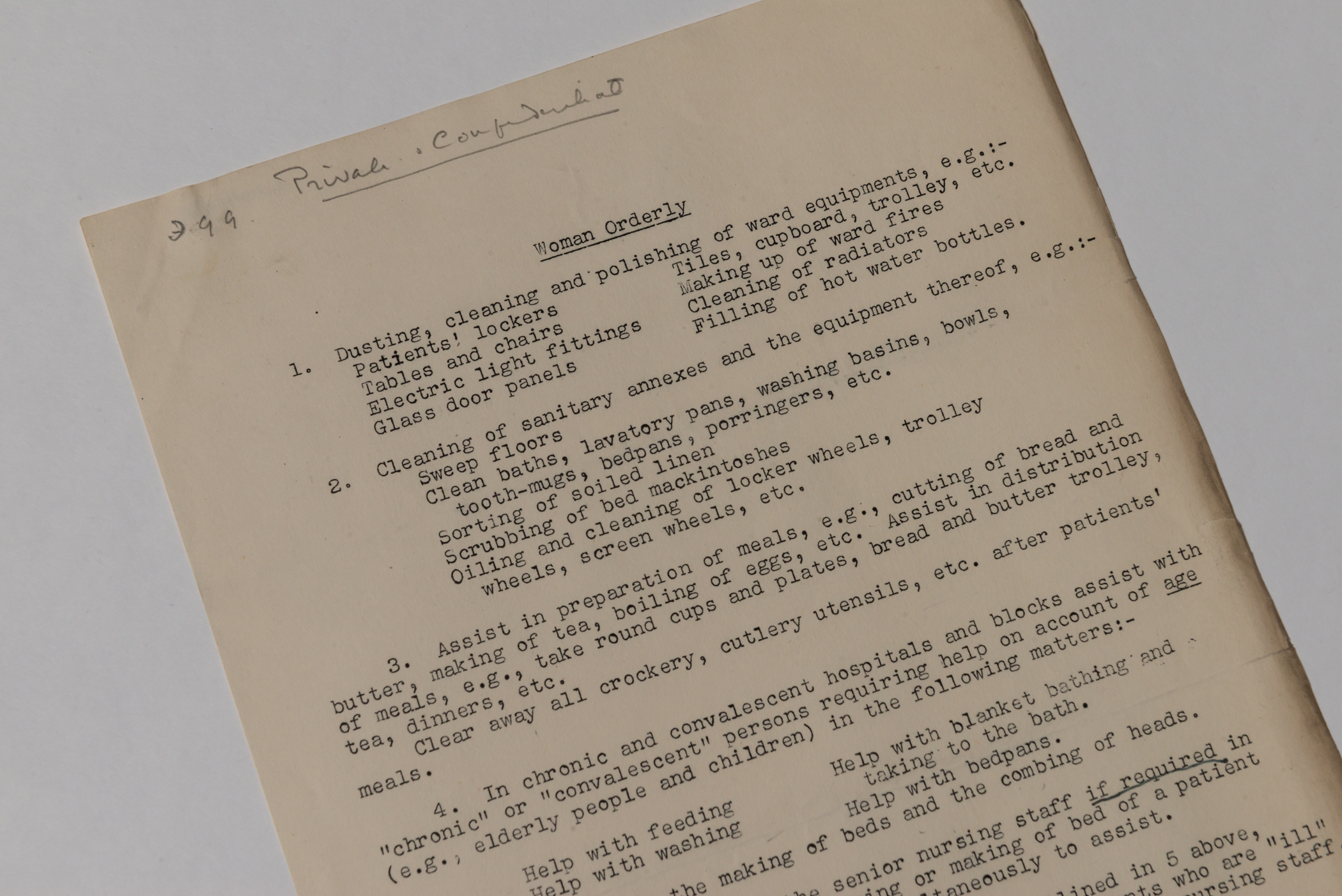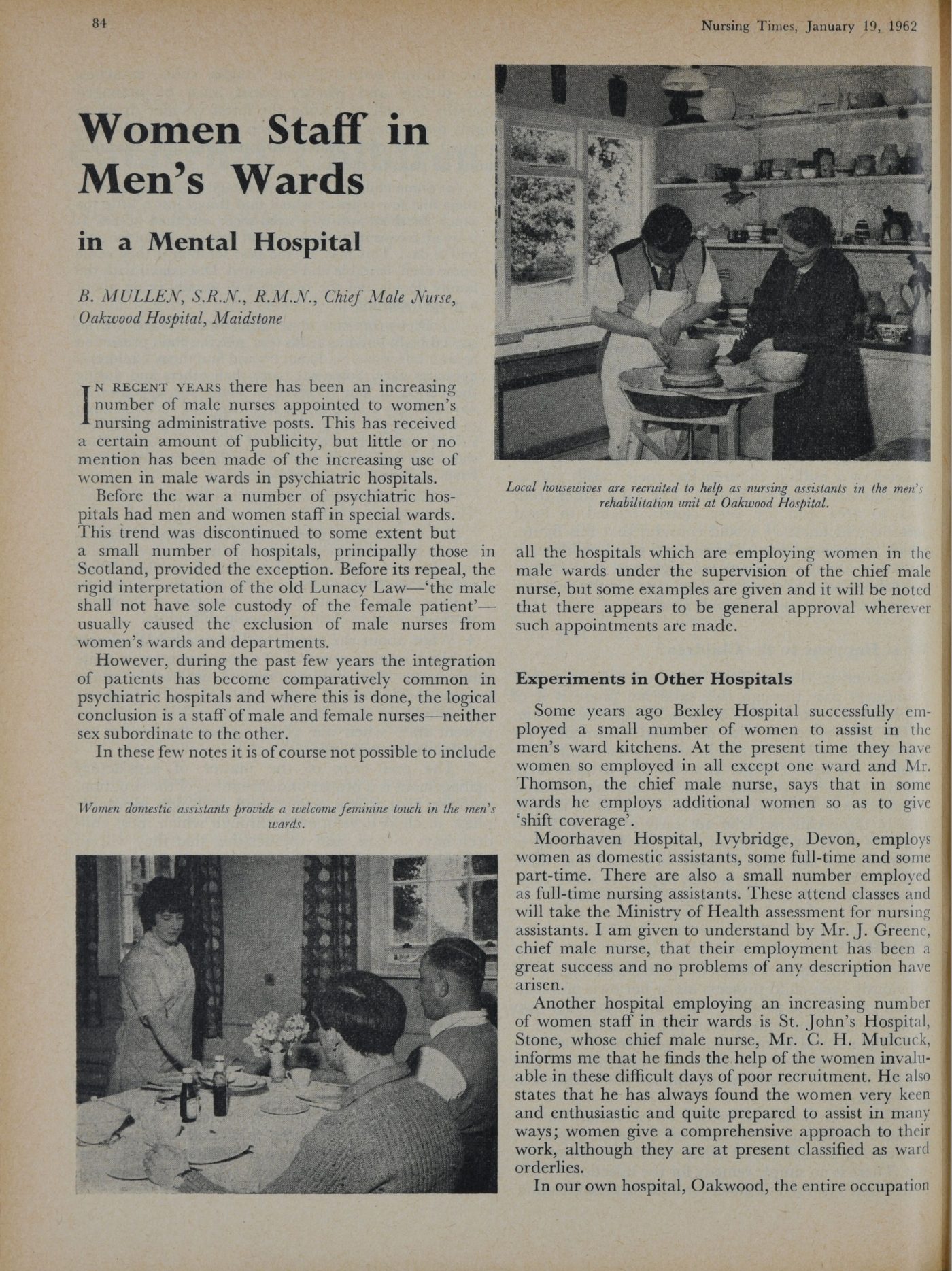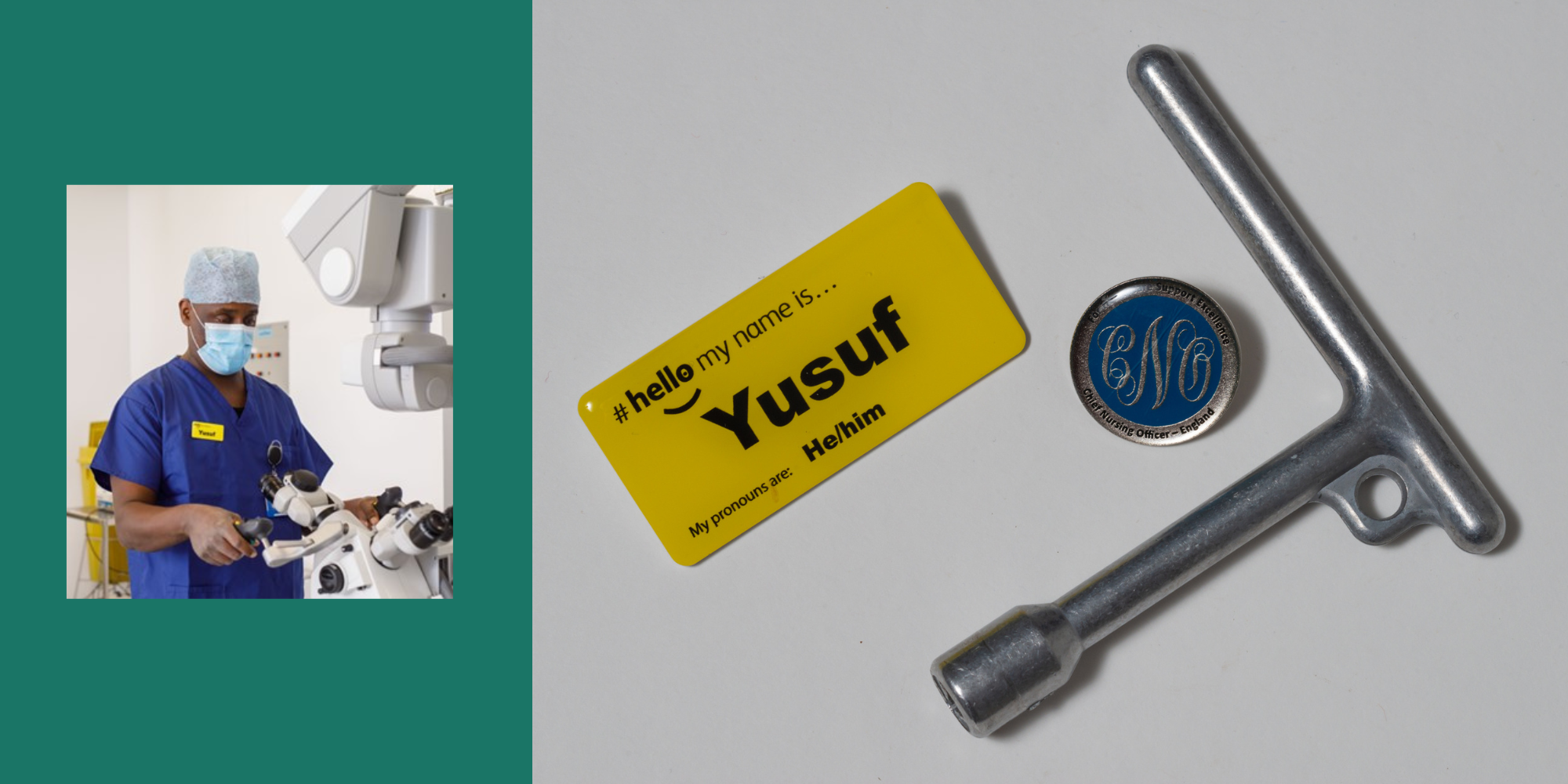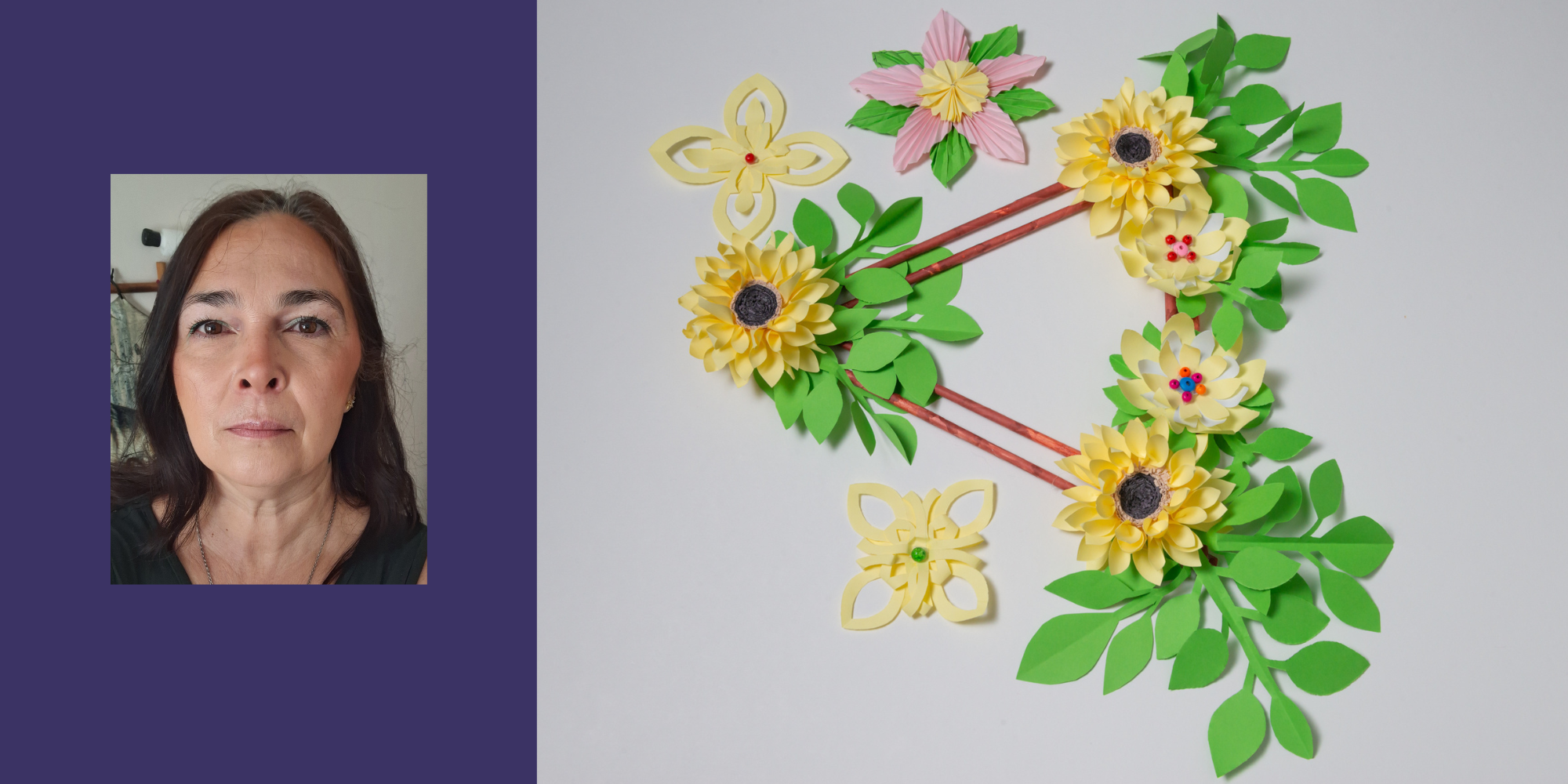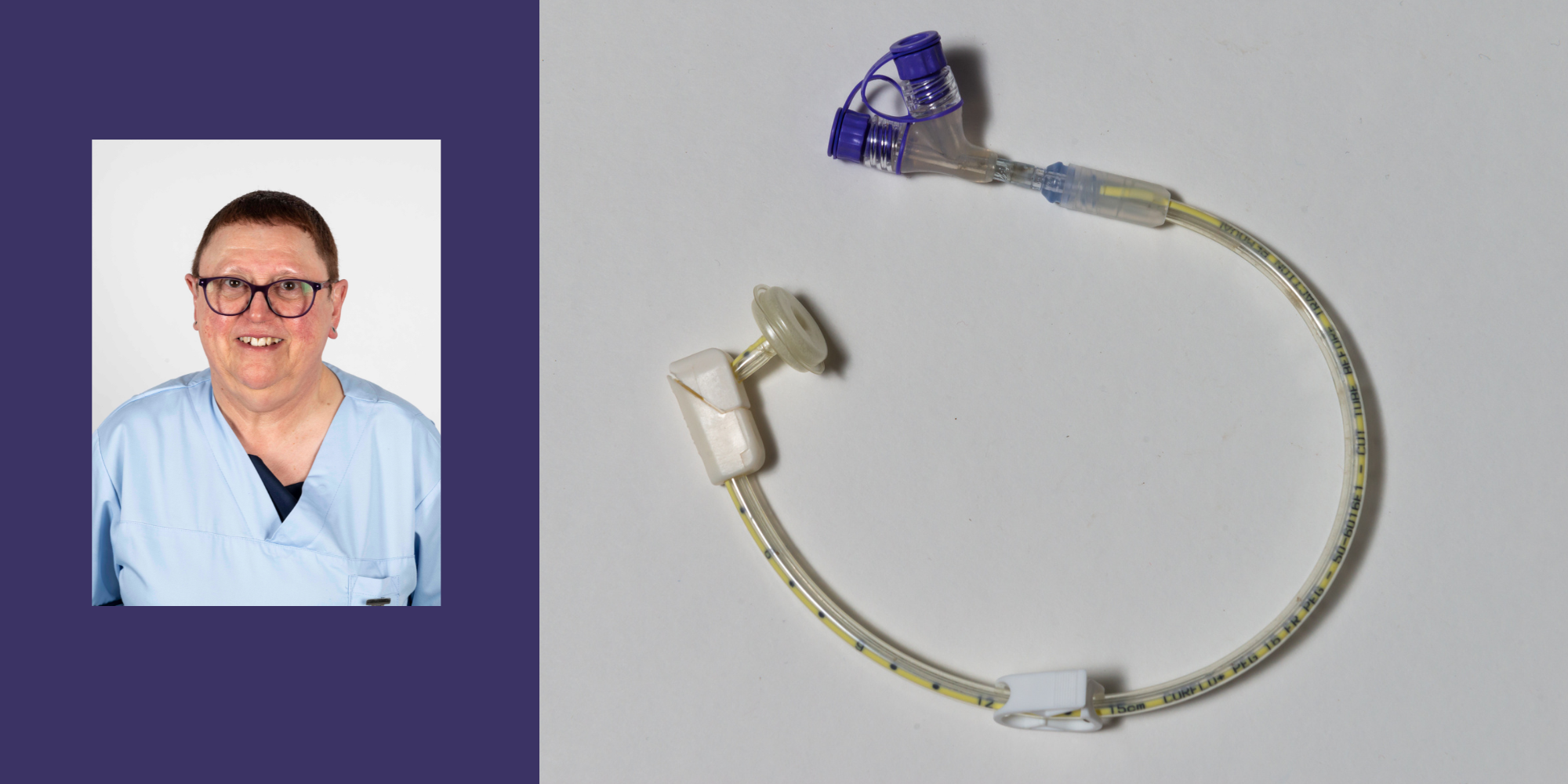Shining a Light uncovers the long history of nursing support workers and celebrates the contribution that they continue to make today – in hospital wards, care homes, clinics and communities.
Nursing support workers are the heart of health and social care. They make up almost 40% of the clinical workforce of the NHS and there are over 1.3 million support workers delivering hands-on care across the UK.
But the nursing support workforce are far more than numbers. They deliver vital bedside care and are often the first person a hospital patient and visitors speak to. They work with adults and children, supporting physical and mental health at every age.
Nursing support workers’ roles and responsibilities have changed over the years, but they continue to put people at the heart of what they do. Whether as health care assistants, nursing associates, assistant practitioners, care workers, or one of many other roles, they make a real difference to their patients.
Early Nursing Support Work
Nurses and doctors have always relied on the help of support staff. From ward maids to orderlies, from asylum attendants to emergency volunteers, support work has taken many shapes and forms.Asylum Attendants
Before 1891, staff in psychiatric hospitals (then called ‘lunatic asylums’) received no formal training. Known as ‘keepers’ until 1845 when they became ‘attendants’, they were expected to learn on the job. Applicants had to pass a tough physical exam, and preferably play a musical instrument or sport. Once in post, their lives were strictly monitored and work was hard, even dangerous. Staff to patient numbers were low, and attendants were expected to prevent violence or suicides, putting themselves at risk. Nevertheless, some held long careers in asylums, receiving medals for loyalty and merit.
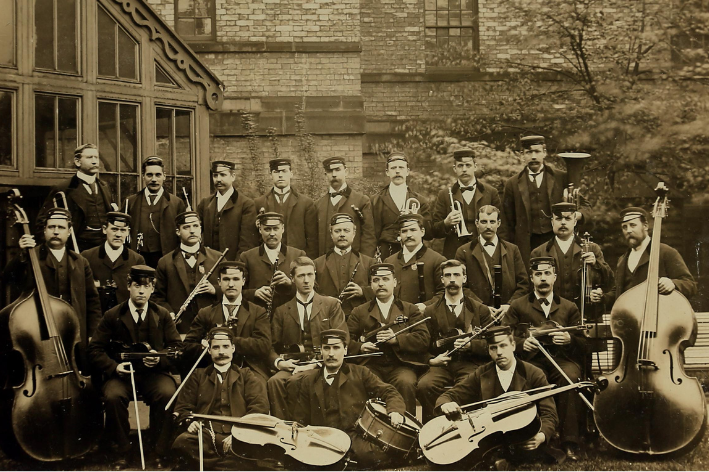
After the Second World War: International support
The foundation of the NHS in 1948 coincided with the formation of the UK’s first social care system. Britain needed auxiliary nursing staff, hospital orderlies, porters and social care workers, just as much as it needed nurses and doctors.In the same year, one of the first large groups of African-Caribbean migrants to answer Britain’s recruitment call travelled to the UK in the Empire Windrush ship. This moment became symbolic of migration to Britain from the Commonwealth through the 1950s and 1960s. People from countries across the world have all helped keep health and social care running, staffing roles at all levels.

The skill of support
What does it take to be a Nursing Support Worker? Can you learn the skills on the job? Support work encompasses a vast array of roles and tasks, sometimes making it hard to define. At its heart, it is compassionate, people-centred care.
Nursing Support Workers are often the first colleagues that student nurses encounter on the wards and the first to show them around. They are an approachable friendly face for patients, staff and visitors.
Celebration and recognition
While healthcare support work has a long and varied history, it has often remained hidden from public view, unrecognised and invisible. It wasn’t until 2001, that healthcare assistants were finally allowed to join the Royal College of Nursing.
Today, thousands of nursing support workers are members of the RCN and there is a dedicated RCN support worker committee with representatives across the four countries of the UK.
In 2020, the RCN launched the first ever Nursing Support Workers’ Day – a celebration of the vital contribution that the nursing support workforce makes. Every year on 23 November, this day of recognition shines a light on the difference that support workers make across all health and social care settings in the UK.
This exhibition aims to keep the spotlight on support and to celebrate the amazing work of nursing support staff and the contribution that they make to the lives of so many.
Artworks by residents and carers at Plas Cwmcynfelin care home in Ceredigion, Wales.
As part of the exhibition, the RCN Library and Museum commissioned artist Alice Briggs to deliver a collaborative workshop with care home residents and their carers.
The pairs created cyanotype photographic prints of objects in their lives. These are items they own and treasure, which may seem ordinary or insignificant to others. Alice encouraged the staff and residents to exchange memories about their objects, focusing on themes of family, identity, and a sense of belonging.
With special thanks to our volunteer team of RCN members who co-curated this exhibition with the RCN Library and Museum Team and support from the RCN Archives Team, the RCN History of Nursing Forum and the RCN Nursing Support Worker Committee.
Thanks too to our lenders and to everyone who has contributed a story, experience, photograph or object to the exhibition.
